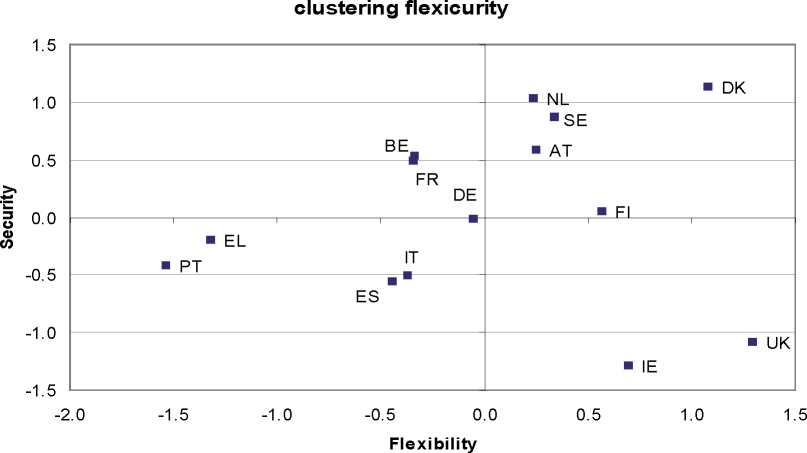Flexibility and security: an asymmetrical relationship?
for 1% of unemployed, expenditure on social protection, and collective bargaining coverage (Auer,
2008).
Diagram 8

Source: Auer, “The politics in the political economy of fl exicurity”, 2008
The flexicurity policy agenda is put into question by a number of critics that include trade unions,
political parties, segments of the workforce, business sectors and individual scholars who —for dif-
ferent reasons- do not share the enthusiasm of the flexicurity supporters, or who even dismiss the
flexicurity agenda altogether.
Page • 47
More intriguing information
1. Visual Perception of Humanoid Movement2. A THEORETICAL FRAMEWORK FOR EVALUATING SOCIAL WELFARE EFFECTS OF NEW AGRICULTURAL TECHNOLOGY
3. The name is absent
4. Altruism and fairness in a public pension system
5. Emissions Trading, Electricity Industry Restructuring and Investment in Pollution Abatement
6. The name is absent
7. How do investors' expectations drive asset prices?
8. THE CHANGING STRUCTURE OF AGRICULTURE
9. Financial Markets and International Risk Sharing
10. Does Presenting Patients’ BMI Increase Documentation of Obesity?